Central American Sharpnose Puffer
$49.99
-
Select Variant
The Central American Sharpnose Puffer is also known as the Spotted Sharpnose Puffer. Members of the Canthigaster Genus are referred to as Sharp-nosed Puffers or Tobies. It's a brownish yellow that has white spots. It does not have pelvic fins however, it has learned to use pectoral fins to move around the aquarium.
A 50-gallon or bigger fish-only aquarium is ideal. It is possible to eat invertebrates within a reef tank. The teeth of this fish actually form the result of a fused beak that can be used to crush prey.
The flesh is harmful. It has the capability in the event of being threatened or scared to expand the body up to nearly double the size it is normally. It is frightened when it is in a net, so, you should use containers to transport it.
Central America's Sharpnose Puffer requires an extensive diet of meaty meals, such as the squid, the krill, clams, and hard-shelled shrimp, to reduce the size of their expanding teeth.
Approximate Size of Purchase: Small: 1-1/4" to 2-1/4", Small/Medium: 2-1/4" to 3", Medium: 3" to 3-1/2"
- Description
- Additional Information
- Reviews
Central American Sharpnose Puffer Info
The Spotted Sharpnose Puffer has a solid, slightly compressed body that's depth is between 47% and 51% of the standard length. They are all dark brown in hue and apart from their white belly and transparent fins, are covered by several tiny white spots. Their head is big and blunt, with big elevated eyes, a smaller jaw, as well as a large pointed snout. They have powerful, strong teeth. Their backs have a distinct line between their eyes and the dorsal fin. They have gill openings that are short and close before the pectoral fins. The anal fin of their body has between 8 and 10 rays, while their dorsal fin is home to eight to ten. Both fins are tiny with similar shapes and positions, with small bases. They are located well behind the body. Their caudal fins are smooth with 10 rays. the pectoral fins contain 15 to 18 rays They do not contain pelvic fins. The body is not scaled and their skin is soft but hard with only a few tiny spines.
size
Large, Medium, Small
Units
1
Weight
6 lbs
Dimensions
1 × 1 × 1 in


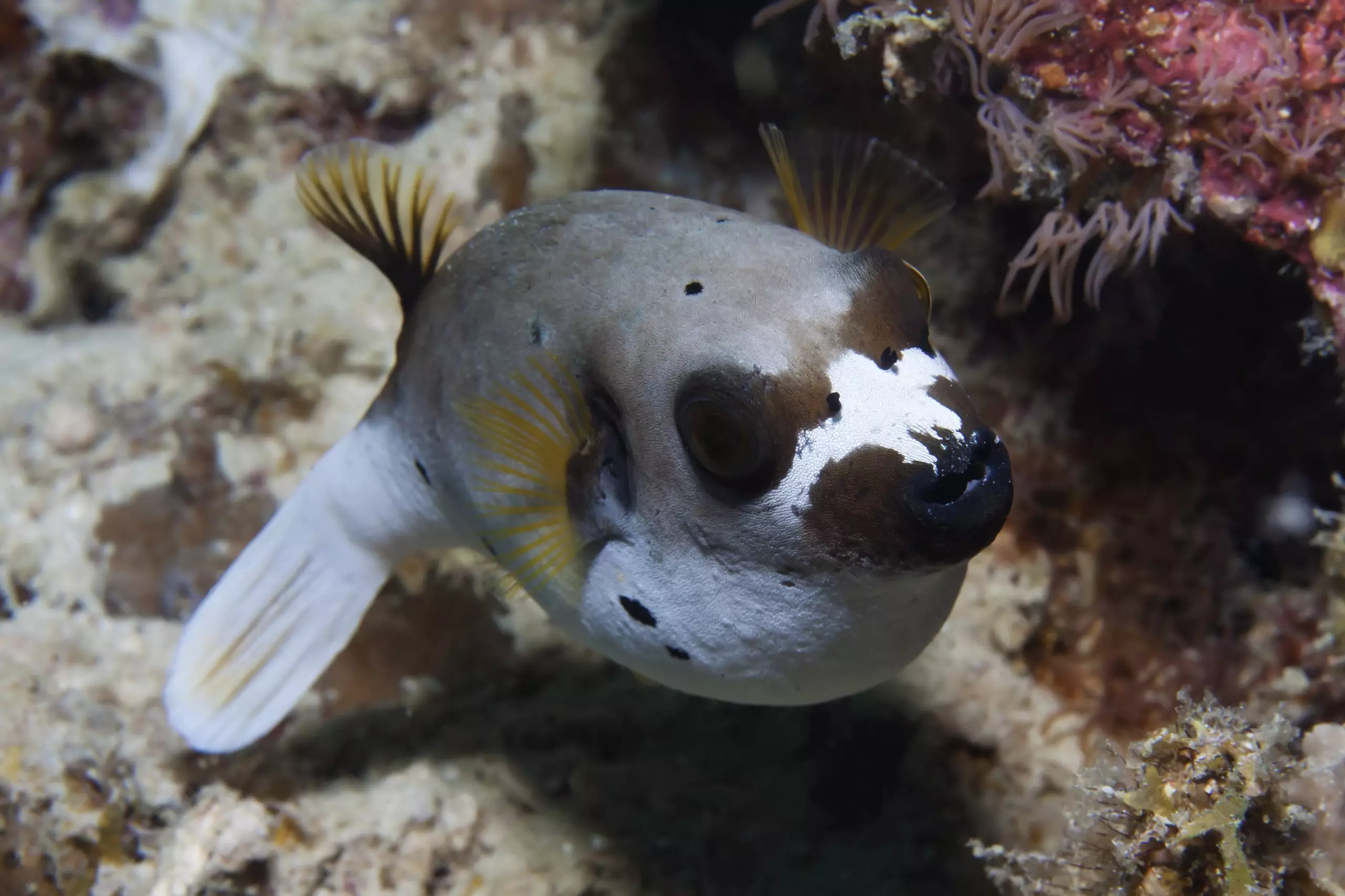
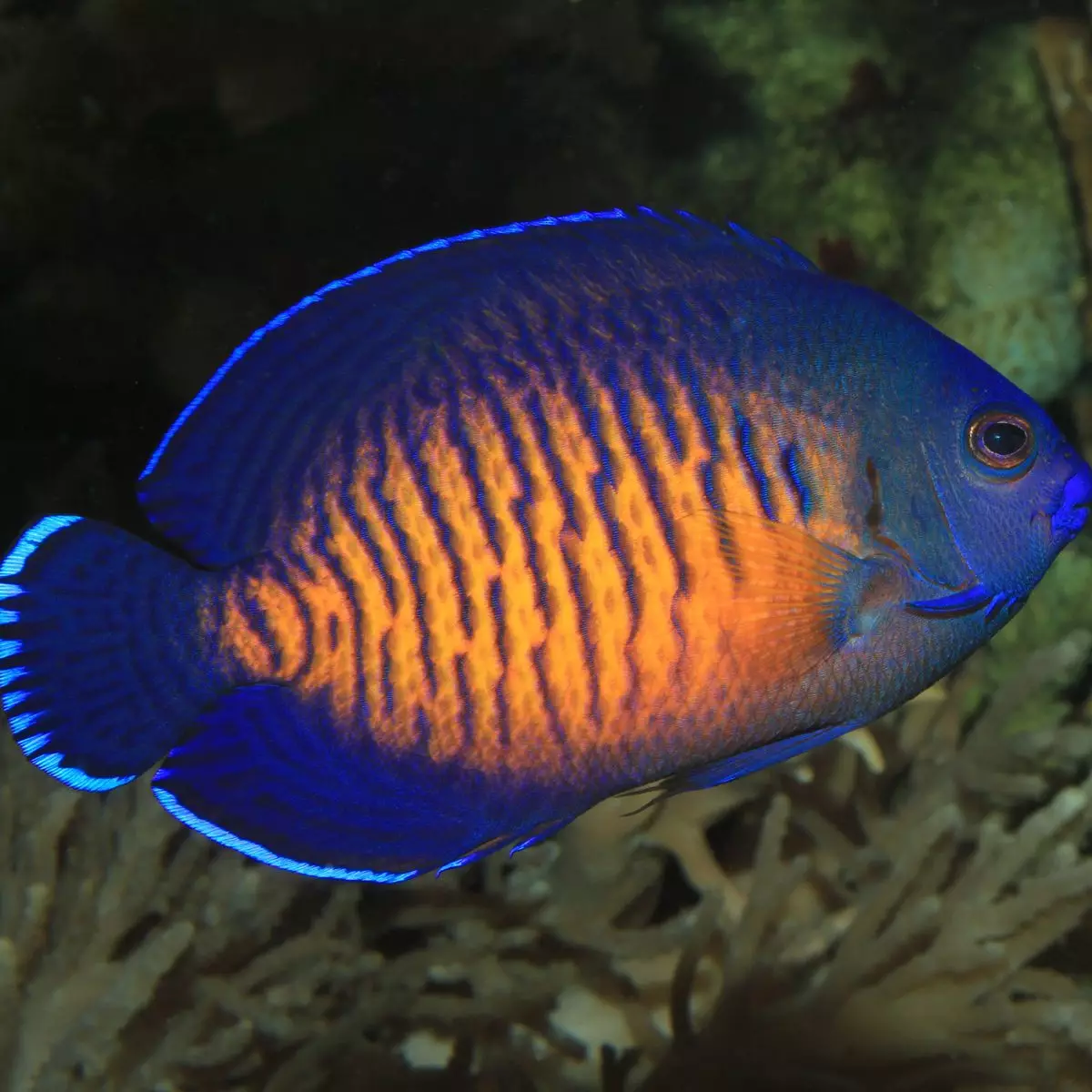
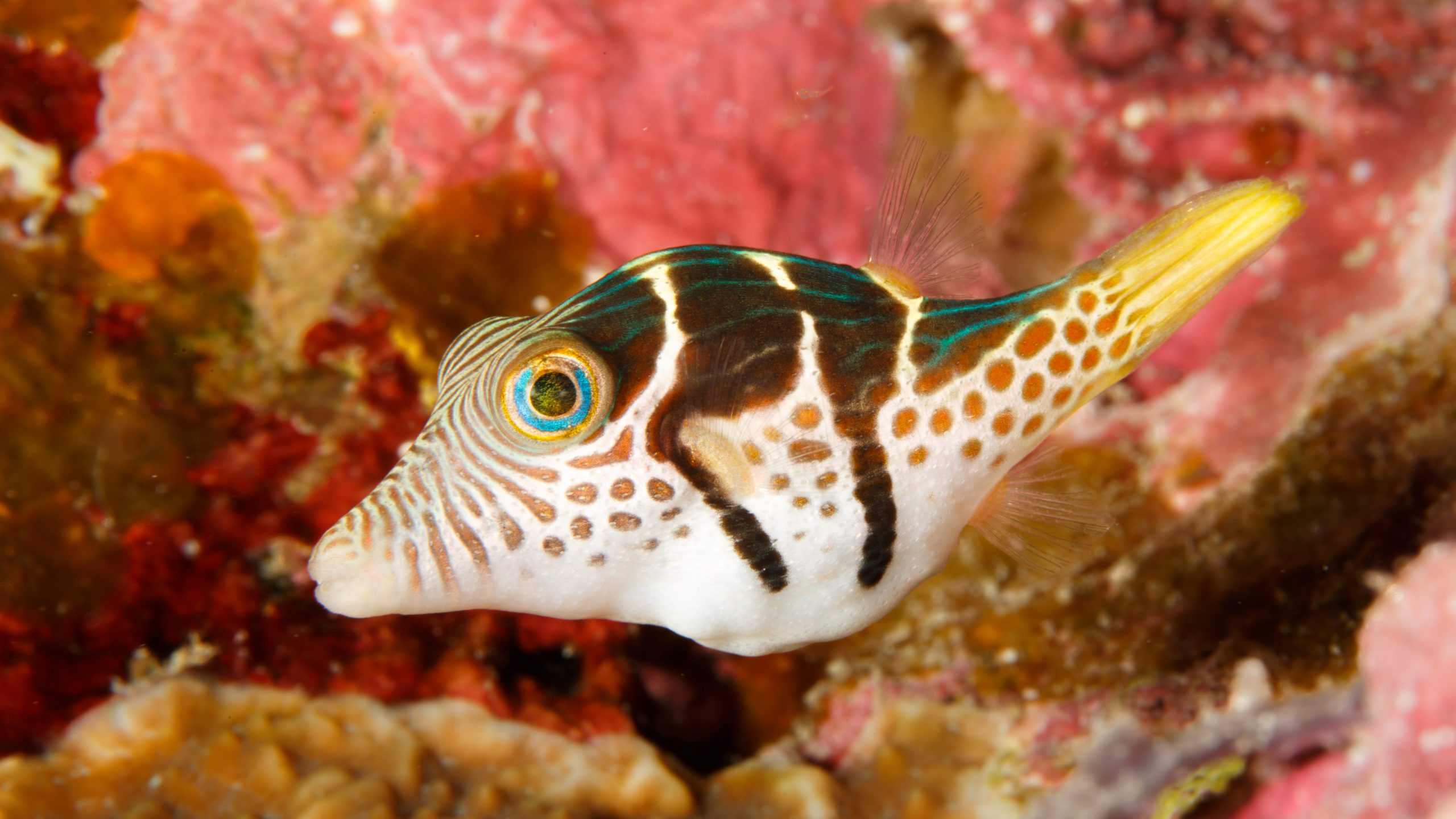
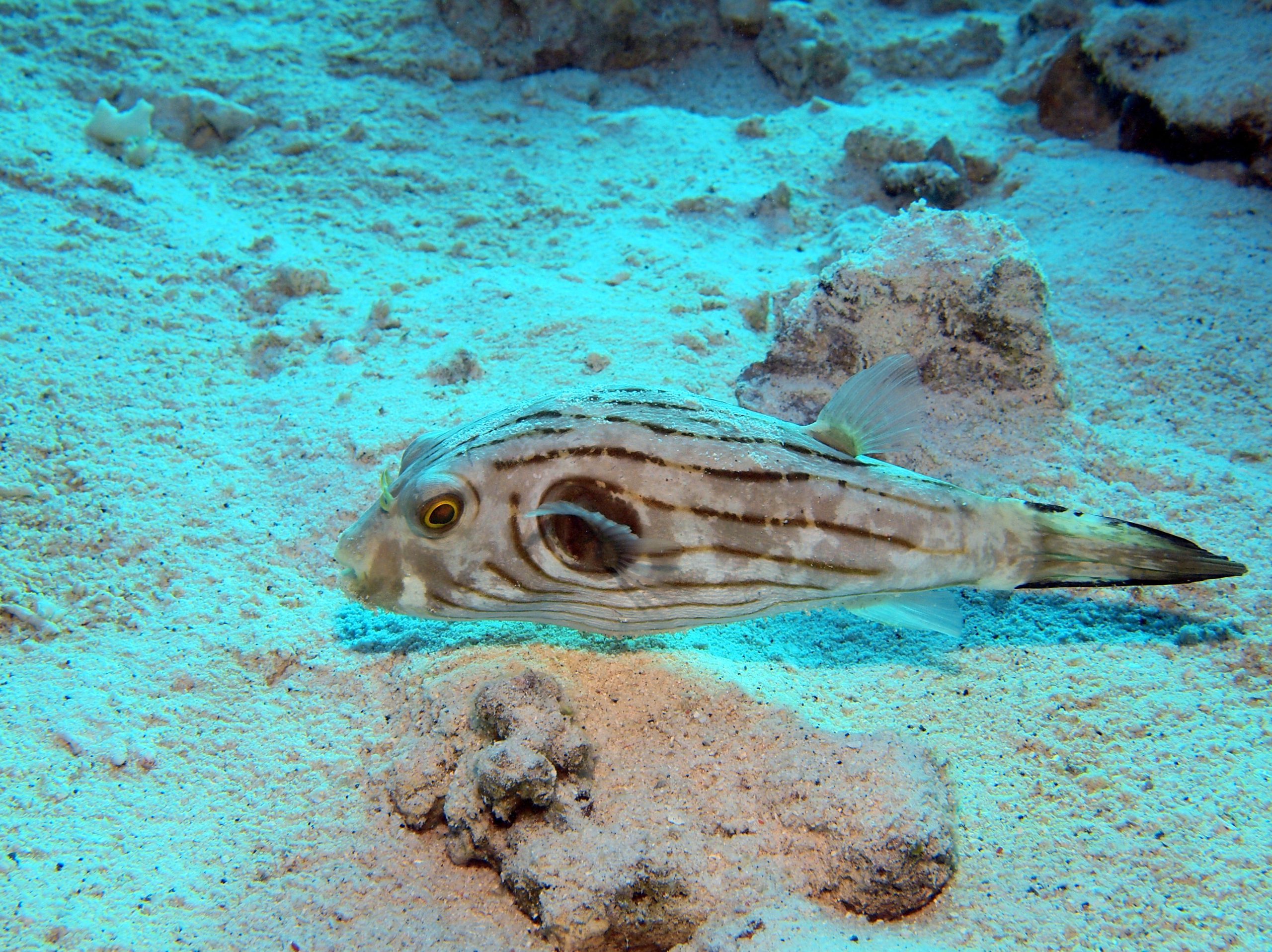
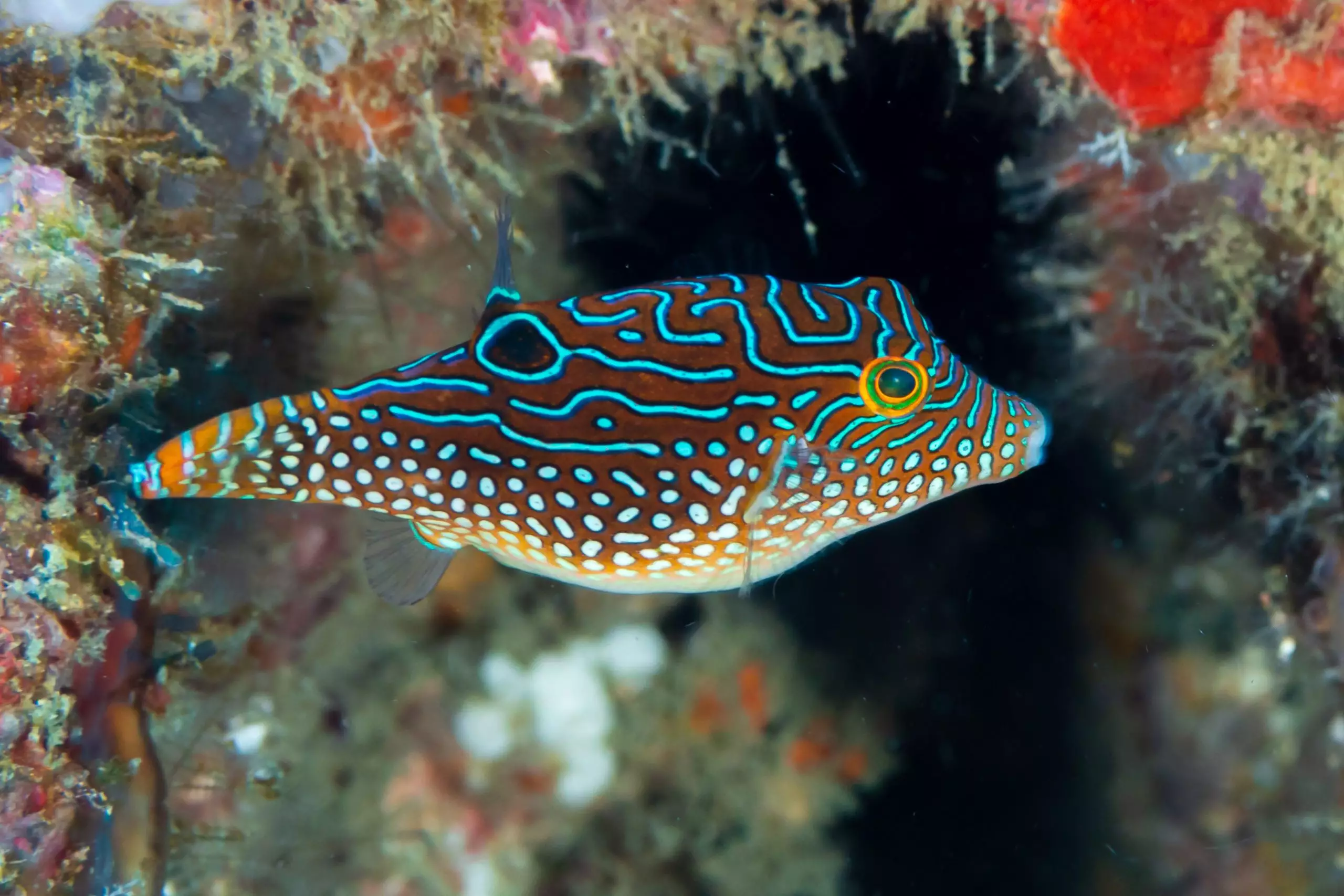
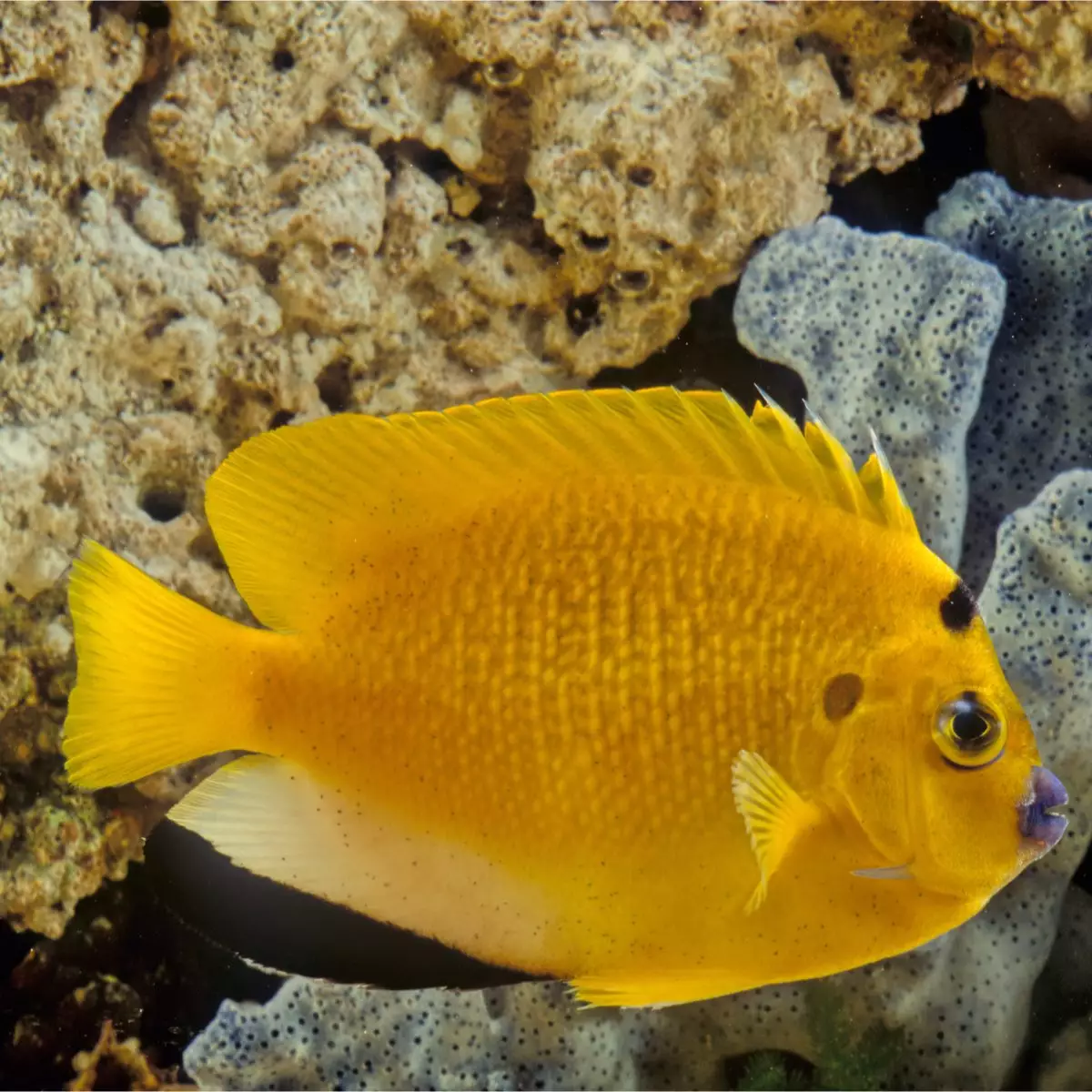
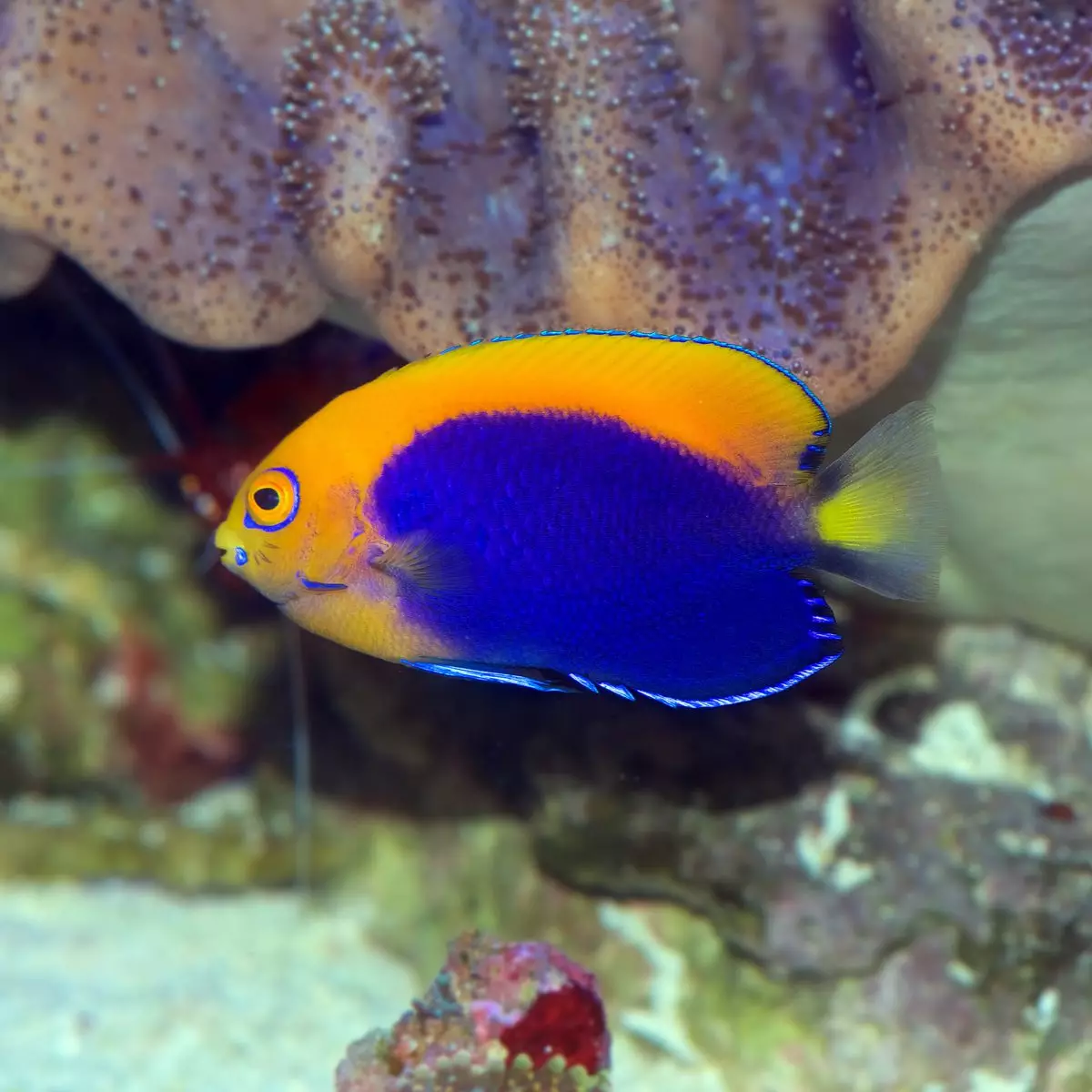
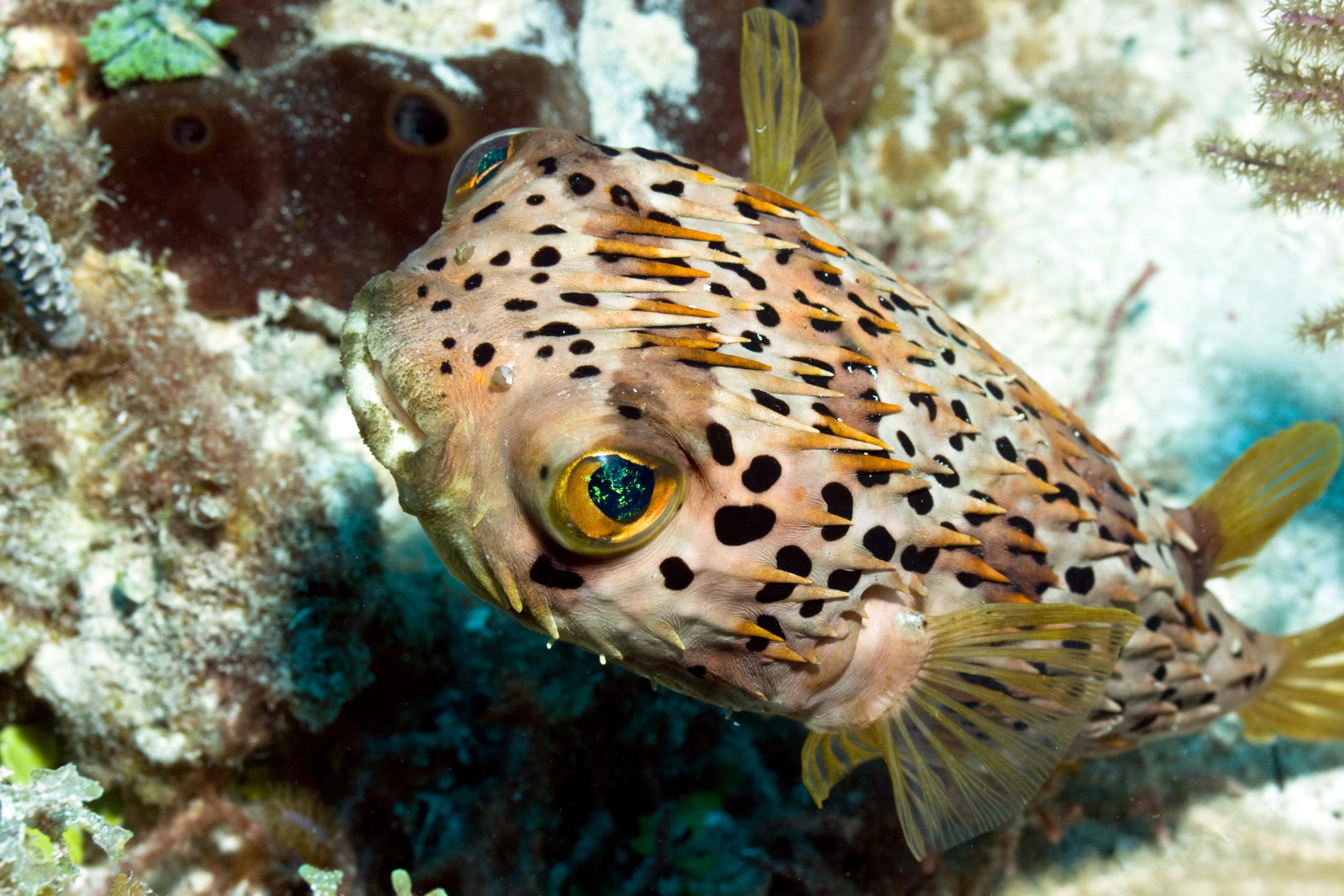

Reviews
There are no reviews yet.